Dorking’s first inns were the George and the Cardinal’s Hat; both were in existence before 1485. The George was on the site of the Lemon Tree; its beams are still present in the upper floors of the building. The Cardinal’s Hat was on the south side of the High Street (then called East Street). It was later rebuilt as the Red Lion Hotel. The site is now a block of shops to the west of Lloyds bank.
The Chequers, (also known as the Upper Chequers), on the site of Robert Dyas, the Bell in West Street, and the Queen’s Arms on the corner of West Street and North Street, were all opened in the late 1500s. In the 1630s the Lower Chequers opened in North Street. This was subsequently renamed the King’s Head.
In the 1700s the King’s Arms, the White Horse Hotel, the Rose and Crown (in West Street), and the Bull’s Head (in South Street) were all opened. Outside the town the Burford Bridge hotel, the Punchbowl and the Nag’s Head at Mid Holmwood began plying their trade. The town was centred on the well at Pump Corner. Livestock was bought and sold there and Dorking’s traders had their workshops at the junction of the roads west and south. It is not a coincidence that the Bull’s Head, the Upper and Lower Chequers, the Queen’s Arms and the (soon to be opened) White Lion in South Street were all clustered in this part of the town.
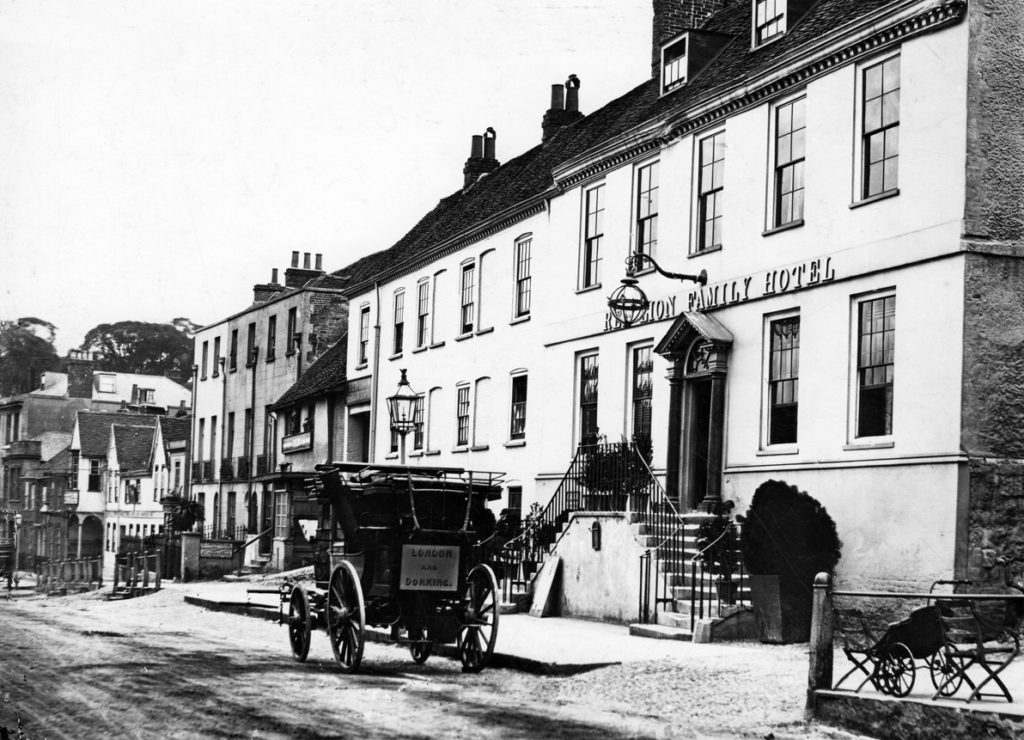
Red Lion – 1911
Originally known as the Cardinal’s Hat, for many years the Red Lion was the most important hostelry in Dorking. It hosted community and judicial functions: there were large assembly rooms at the rear for functions and theatrical performances. The Court Leet was held here and election results were declared from its steps. The Riot Act was read from these steps in 1830 when farm workers rioted through the town.
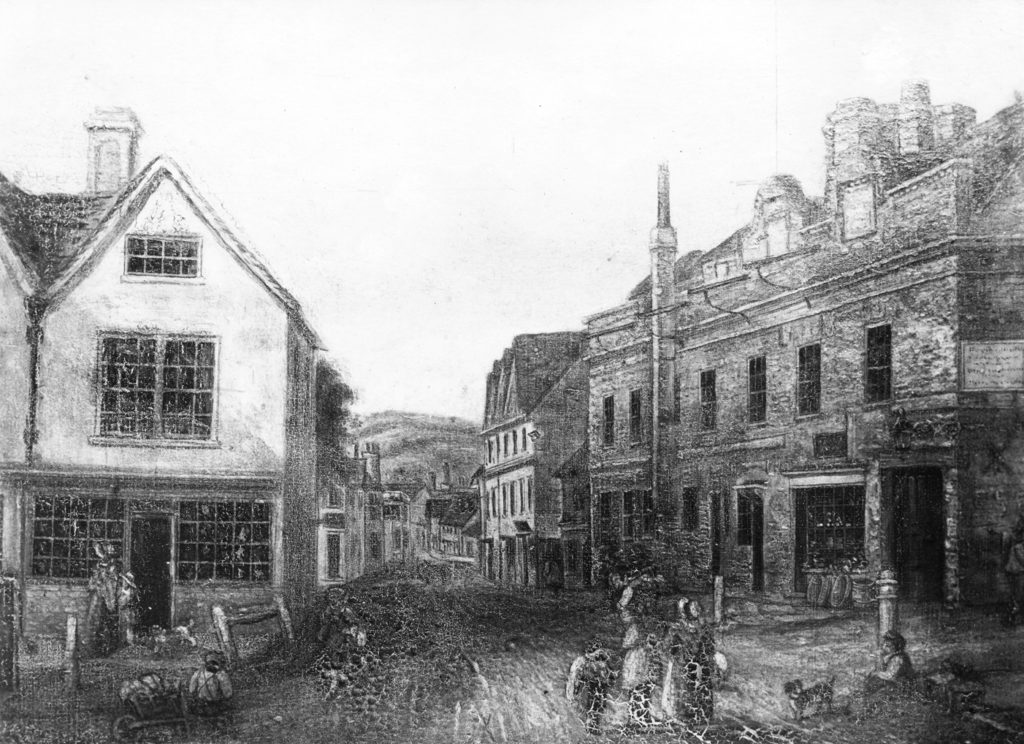
The Queen’s Arms – 1591
This extensive property stretched from North Street, along West Street at least as far as the passage leading to the Museum. The date 1591 and the coat of arms of Elizabeth 1st appeared over the gateway which led to a large yard and there were dwelling houses, stables, an orchard, a reading room, and outbuildings on the site. The inn had a ballroom, described as ‘a perfect marvel’ with a tapestry of Pharaoh and his host in the Red Sea, above which was ‘bronzed leather embellished with gilding’.
Watercolour of the Queen’s Arms by J. Hassell
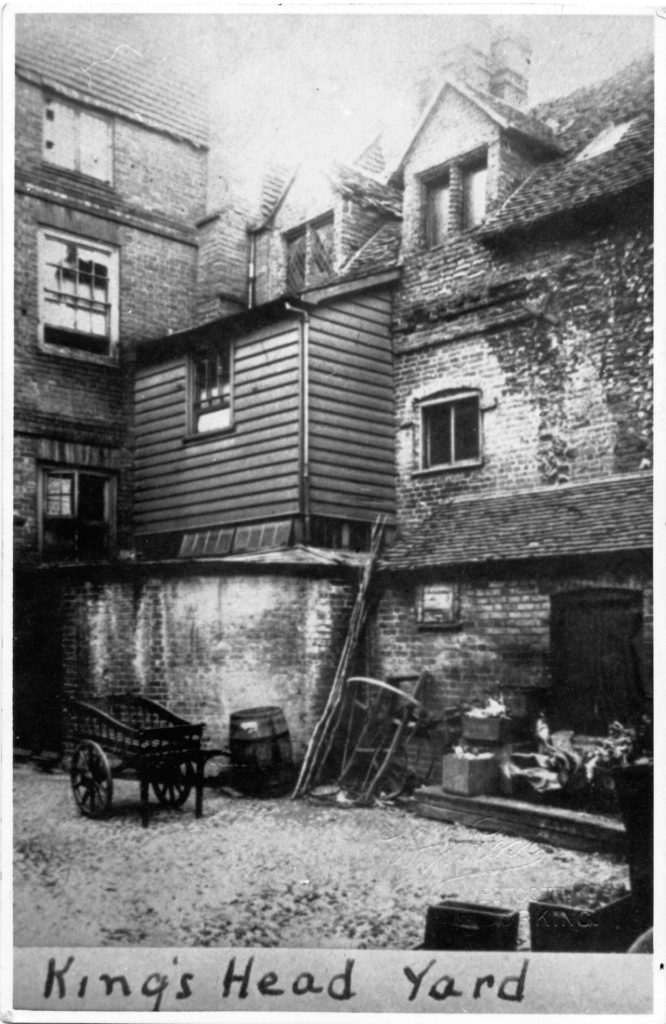
King’s Head yard – c1890
Originally called the Lower Chequers, the King’s Head was the inspiration for Charles Dickens’ Marquis of Granby in Pickwick Papers. The magistrates’ court was held there and a flight of steps leading to an underground chamber may have been used as a cell for the court. The front part of the building was later occupied by the Post Office.

The Bull’s Head – 1860s
Dorking’s poultry market, which traded the famous Dorking breed, was held outside the Bull’s Head. The inn was a coaching inn and the headquarters of two major stagecoach companies, one run by Joseph Walker, the other by William ‘Old Hold Hard’ Broad. Dickens’ Tony Weller from ‘The Pickwick Papers’ is thought to have been based upon Broad, whose coaches left the Bull’s Head at 7 each morning, taking passengers to London. He charged 5 shillings to sit on the outside and 7 shillings inside the coach, which returned the same day at 7 in the evening.
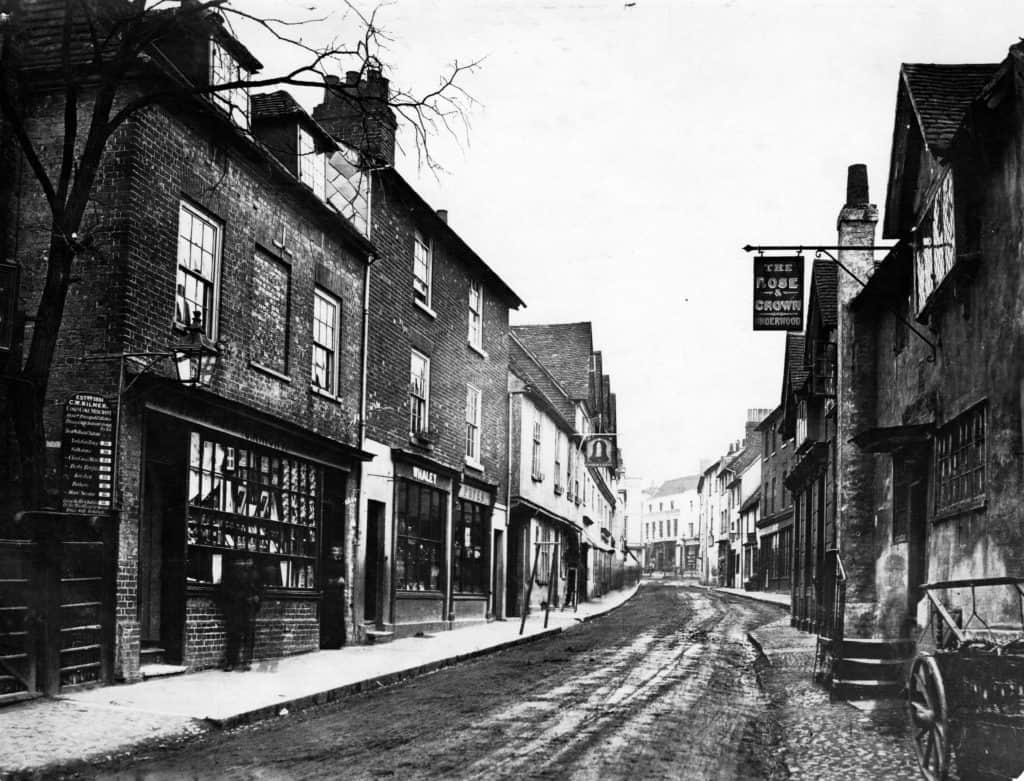
The Rose and Crown – c1888
In the 1830s the Rose and Crown was briefly known as the Crown. By the 1890s it was catering for a ‘low class of people’. Dorking has many underground cellars, caves and tunnels carved out of the sandstone and this pub had a tunnel that ran under West Street into the cellar of the building opposite which was a house of ill-repute. Patrons could enter and leave the Rose and Crown and no-one would be any the wiser as to whether they had ventured across the street or not!
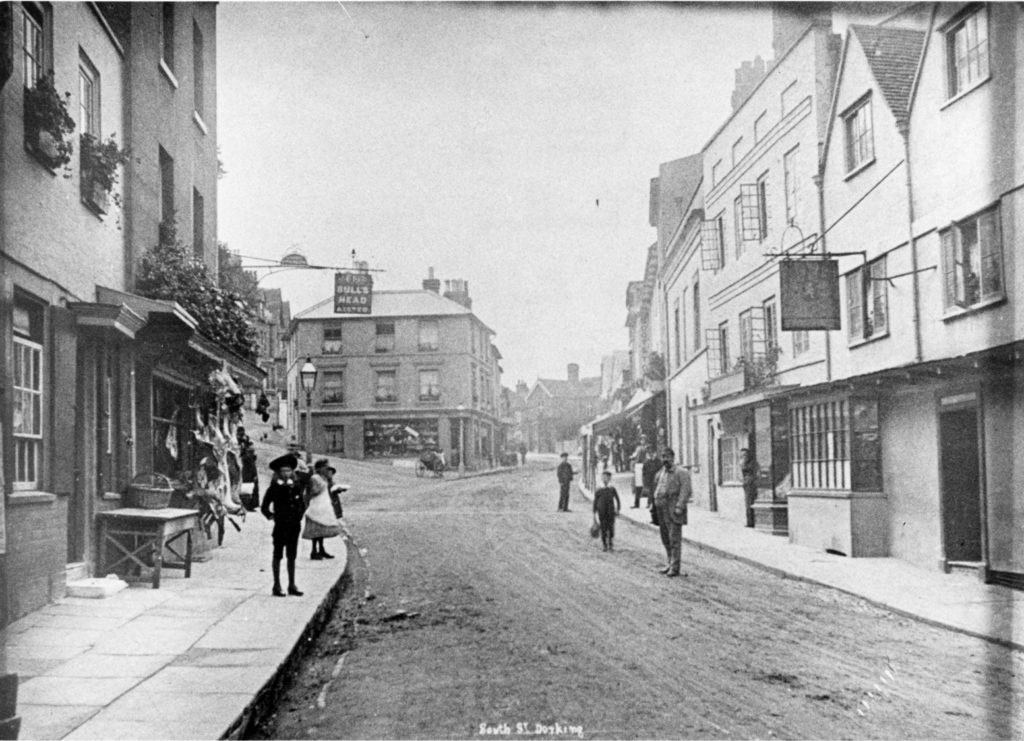
The White Lion – 1890s
In his recollections of the 1830s and 1840s, Charles Rose writes that, on Saturday nights, this hostelry would be ‘besieged by workmen employed at the Chalk Pits … waiting here to attend that welcome spot – the pay table’.
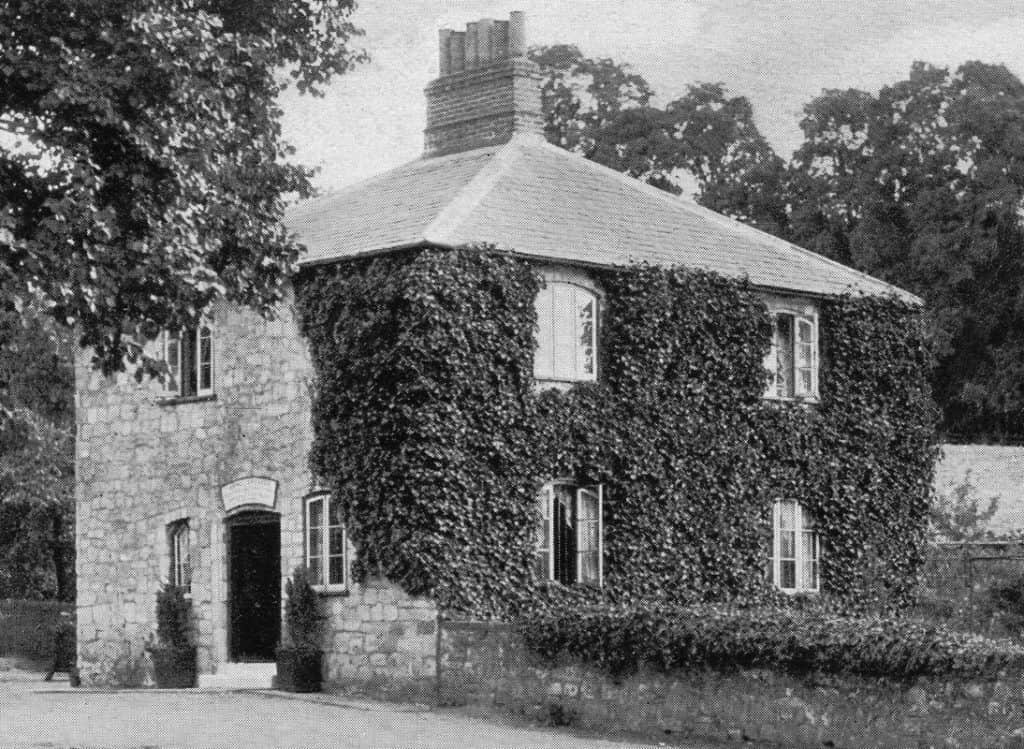
The Punchbowl – 1905
The Punchbowl was built in 1780, using stones from Betchworth Castle.
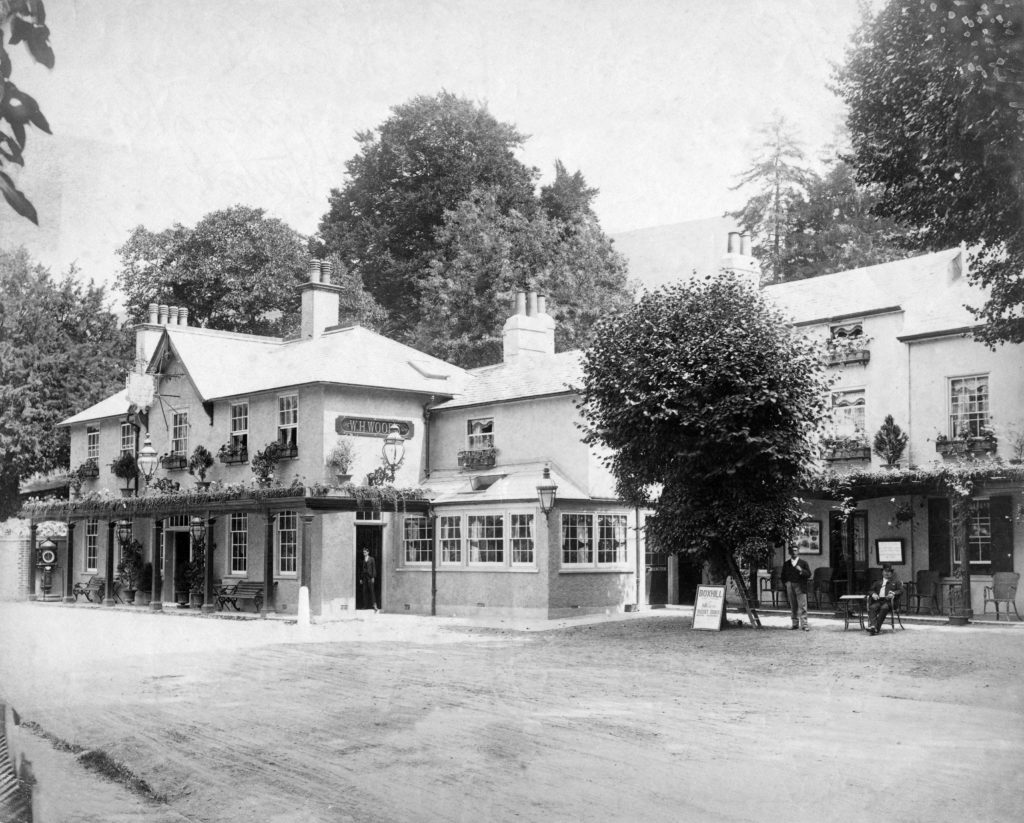
The Burford Bridge Hotel – c1885
Parts of the hotel are said to date from the 16th century and it was certainly a going concern by the end of the 1700s. In the 1800s, it underwent a number of name changes being known as; the Fox and Hounds, Hare and Hounds and Burford Inn before becoming the Burford Bridge. The hotel has been frequented by many famous writers, including John Keats, Jane Austen, William Wordsworth, Sir Walter Scott, Richard Brinsley Sheridan and Robert Louis Stevenson. Queen Victoria was a visitor, using this as a halfway stop on her travels. Lord Nelson also often stayed at the hotel.

The Kings Arms – c1910
Over 600 years old, with part of the building dating back to the 14th century, the King’s Arms is probably the oldest building in Dorking. The building was constructed on a base of oak timbers a foot square, on which a frame, also made of oak, was erected. It is not clear when the building first became a coaching inn, but we know that it had a licensee before 1724, when Daniel Defoe published his Tour Through the Whole of Great Britain.
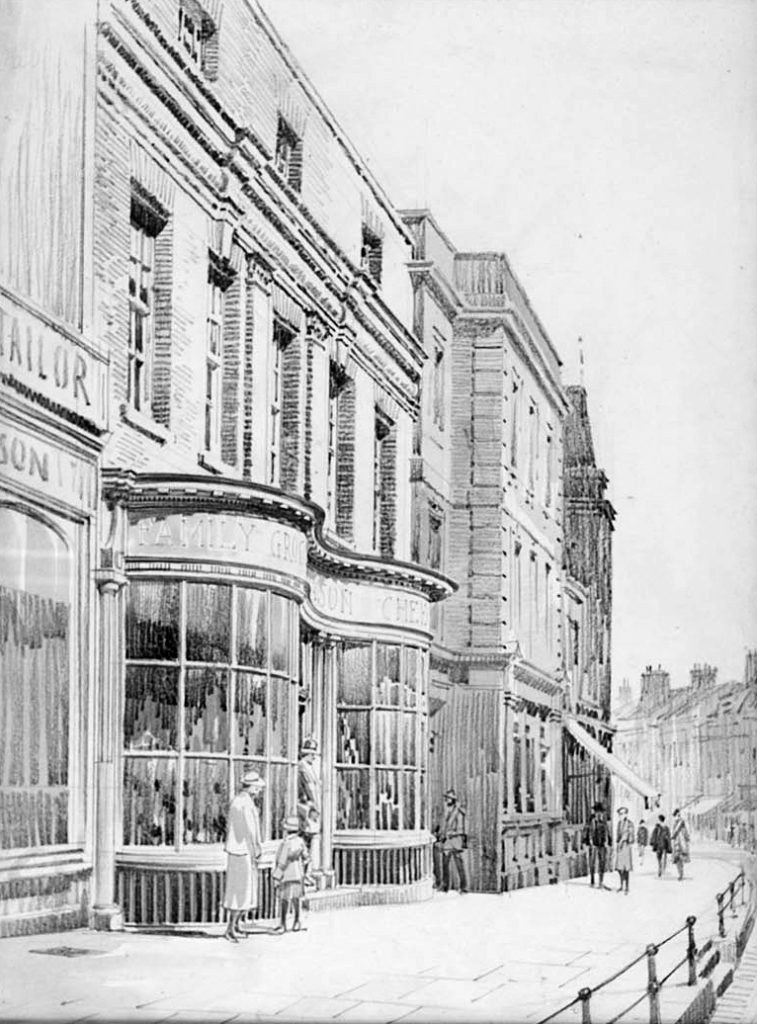
Chequers
Sometimes referred to as Upper Chequers or Chequers Arms, this ancient inn was established during the 1590s and had closed by the mid-18th century. The premises were later occupied by the residence and grocery business of Mr J. Mason.

